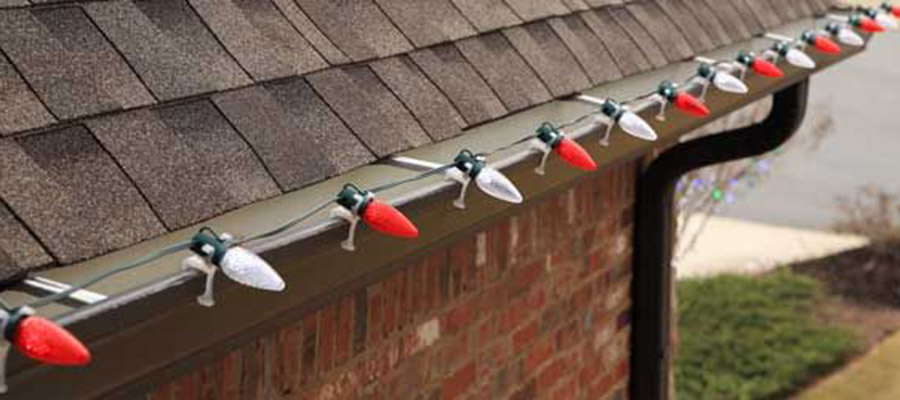Remember a time when, if one Christmas light burned out, the entire string of mini-lights went out with it? It was a very frustrating undertaking trying to find the faulty bulb. Some Christmas lights are also colored making it more difficult to spot a blown filament. Their size makes it equally difficult.
Today’s LED bulbs last much longer and are more reliable, but they do burn out. A chain is only as strong as its weakest link, so if one LED light is weaker than the rest, by tried and true standards of design, the same thing should happen. The reason why it doesn’t is simple.
Back when electric Christmas lights were a new invention, the standard wiring scheme was called Series Wiring. Series wiring requires one complete circuit to be created by all the lights in a string. The current of electricity flows to each light sequentially. In that kind of setup, if one light burns out, the circuit is broken and none of the lights work.
Now, at least you understand where your frustration originates.
Series wiring is an antiquated method. Imagine if your home was wired in this manner. One blown circuit – one dead light bulb – would cause the power throughout your house to go out. Now imagine the process of figuring out EXACTLY where the problem lies.
Now imagine adding more appliances, more light bulbs, drawing more electricity at one time. The more power you attempt to draw, the dimmer the lights in your home become and the less efficient your electrical appliances are! Well, this is another problem with series wiring for Christmas lights. The more strings you connect, the bigger the circuit. The bigger the circuit, the longer it takes to distribute power. This causes the lights to grow dimmer as you add more strings.
These are the reasons why new Christmas light strands are wired in parallel. Parallel wiring allows for several paths that electricity can take to get from the energy source to where the power is grounded. Even with several strings of lights connected, each string functions in parallel, not in a series. If one bulb burns out, the rest will keep functioning. This makes it simple to pinpoint the problem bulb and replace it. On strings where the bulbs are permanent, the rest of the string can still function (always consult the manufacturer’s instructions on how to deal with burned-out bulbs).
The other feature that makes parallel wiring preferable for Christmas lights is that adding strings will not impact the brilliance of the lights on a whole. The amount of power flowing to each bulb remains constant.
The only consideration that will determine whether or not all the lights stay lit is where they are plugged in. If they are plugged into a circuit that is not already under heavy load, it would take a large number of lights to trip the circuit – more than most people will ever use at one time.




